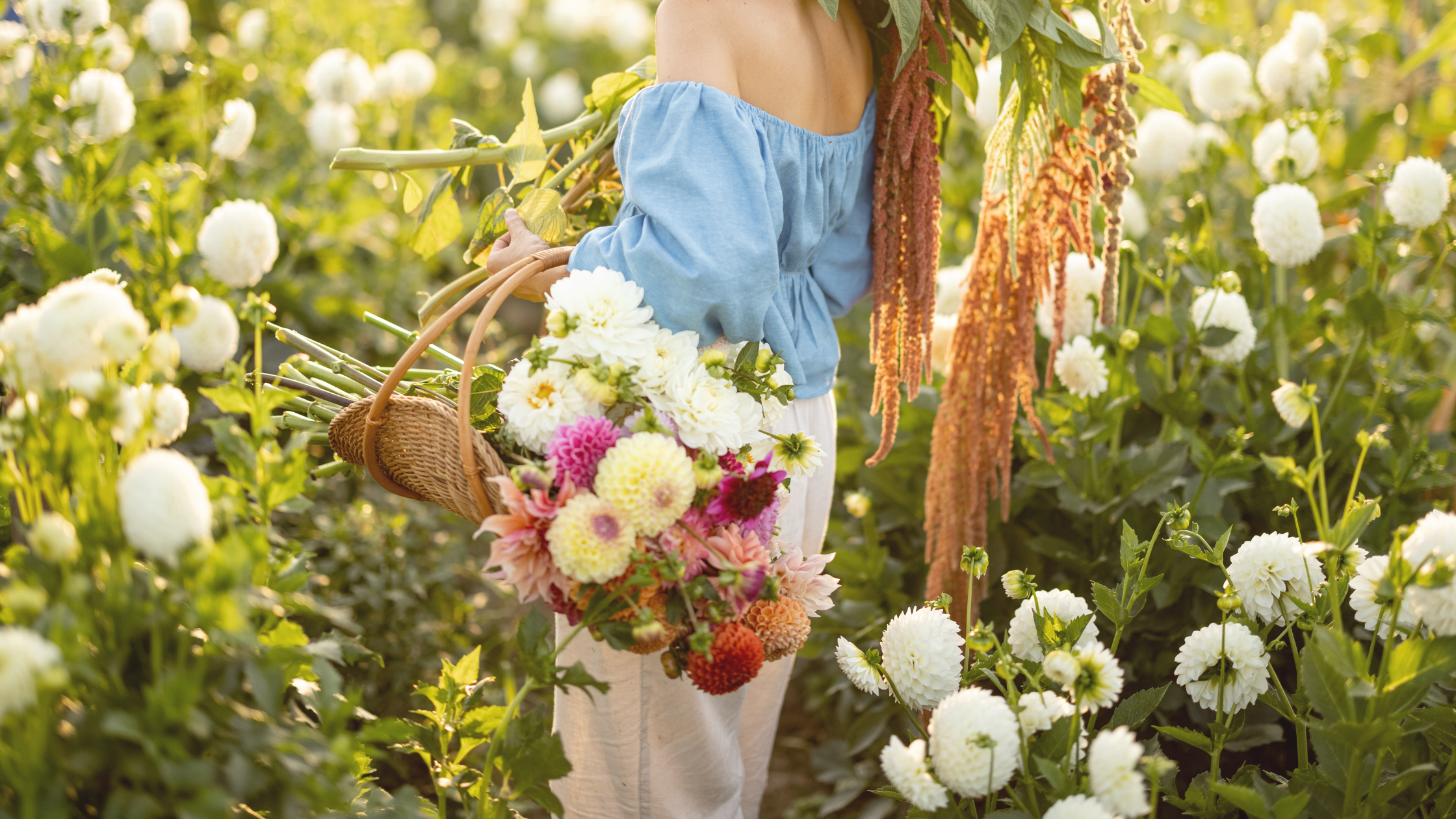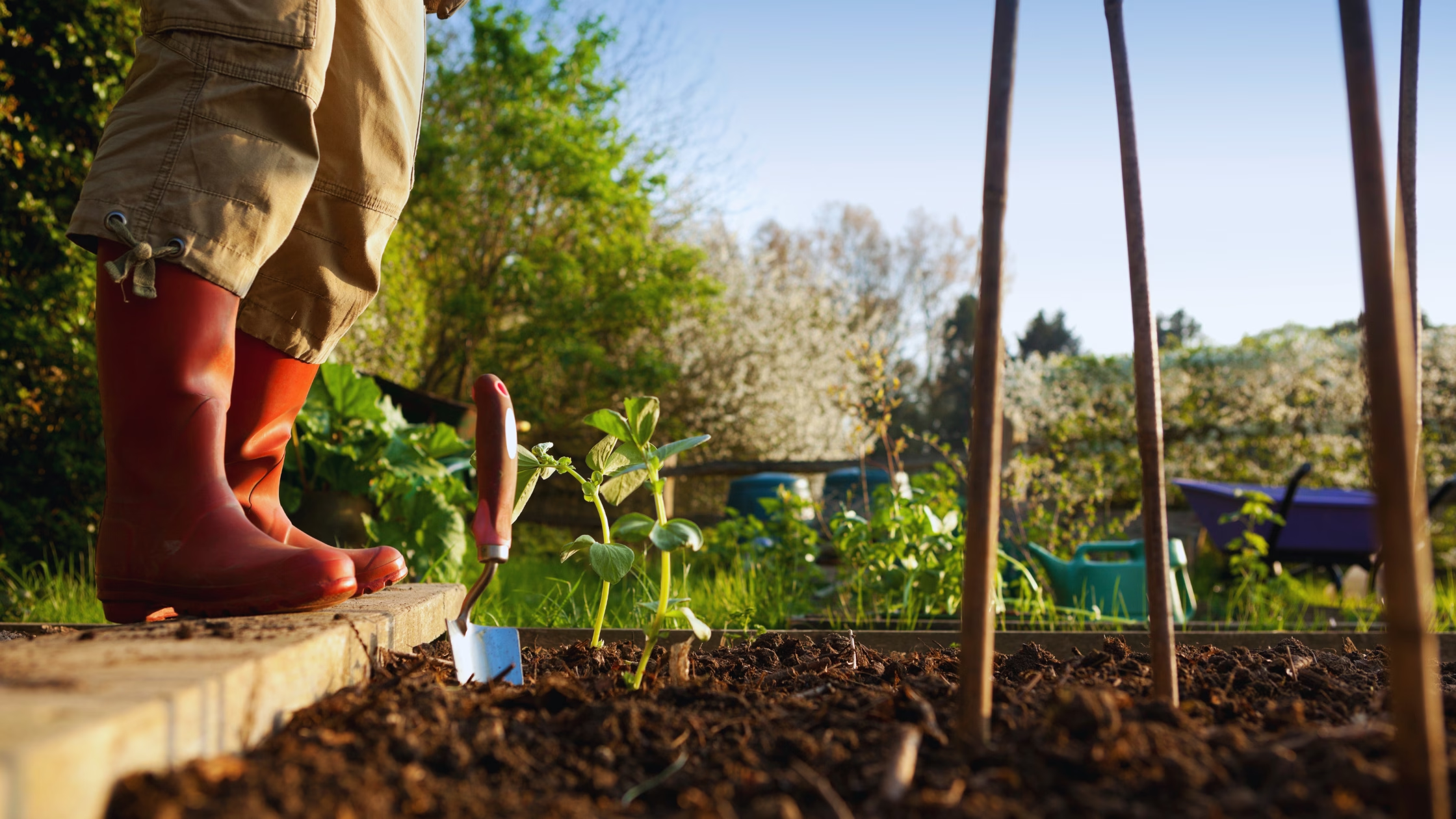February may still feel like the depths of winter, but for Mid-Atlantic gardeners, it’s a crucial time to prepare for the season ahead. As the days gradually grow longer, now is the perfect time to get a head start on the upcoming growing season. This February gardening checklist will give you that head start by starting seeds indoors, pruning dormant trees, and tackling essential early-season tasks. With longer days on the horizon, now is the perfect moment to set the stage for a thriving spring garden.
February Gardening Checklist:
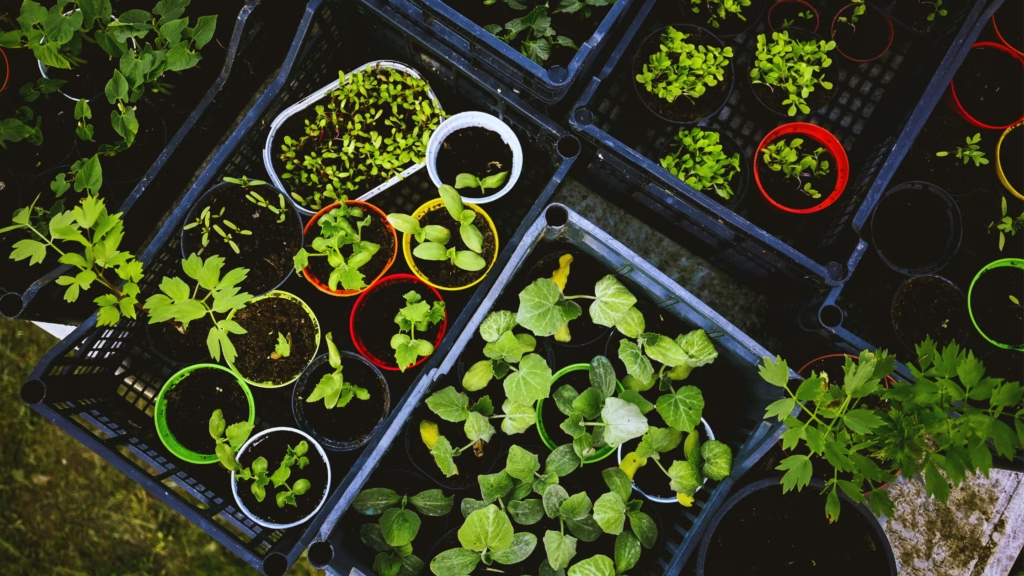
ANNUALS:
-Start cool-weather annual seeds indoors. Perfect examples are: snapdragons, alyssum, Batchelor’s buttons, calendula, and nasturtium.
-Check seeds daily and monitor conditions such as moisture issues and problems with fungus gnats.
-Keep continuous air circulation in seed-starting area as this will promote healthier seedlings with strong stems.
Suggestion: Consider keeping notes or a spreadsheet listing all the seeds you sow and include the date and quantity.
Amazon favorites:
- BESKAR USB Clip on Fan, Portable Small Fan with Cord Powered, 3 Speeds Strong Airflow
- The Gardener’s Logbook
BULBS:
-Order summer and fall flowering bulbs like lilies, fritillaria, dahlias, and gladiolas. If you order specialty varieties do so now too.
-Compost paper whites once they finish blooming.
-Do a garden walk through and look out for any early bloomers starting to pop through. Make sure there are no obstructions and that light can get through. Snowdrops, winter aconite and crocus are good examples.
-Bring potted bulbs inside and begin to force them into bloom.
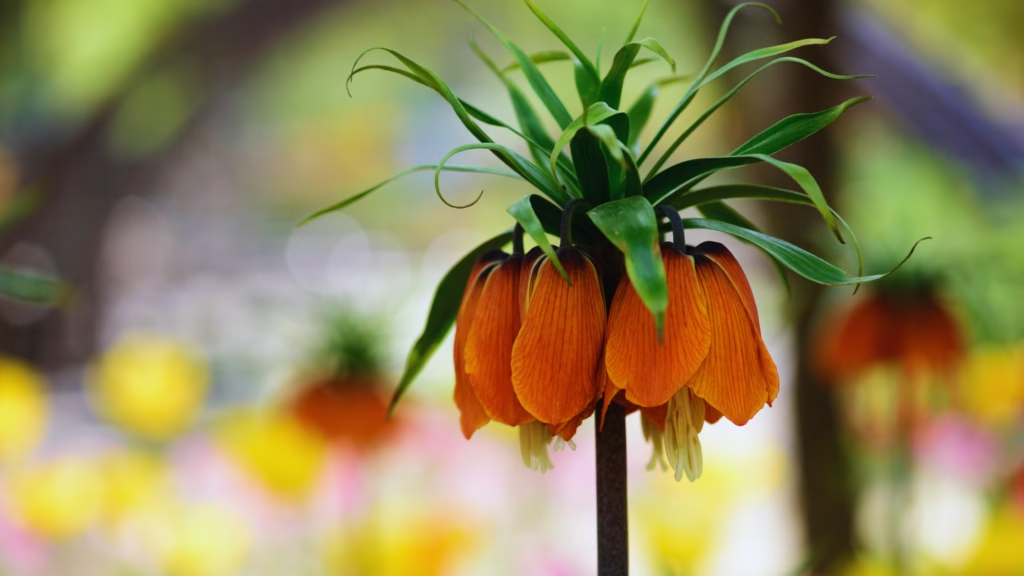
PERENNIALS + ORNAMENTAL GRASSES:
-Sheer any spent ornamental grasses that have been damaged or are just done for the season.
-Start perennial seeds indoors. Make sure to sterilize old pots before planting.
GROUNDCOVERS:
-Do a walk through of the garden and see if there are any areas needing extra coverage.
-Groundcovers have an initial cost but pay off over time as you won’t have to mulch over bare areas, plus you solve erosion issues.
-Keep groundcover beds clean to avoid rot. Rake or remove any leaves or debris that get stuck.
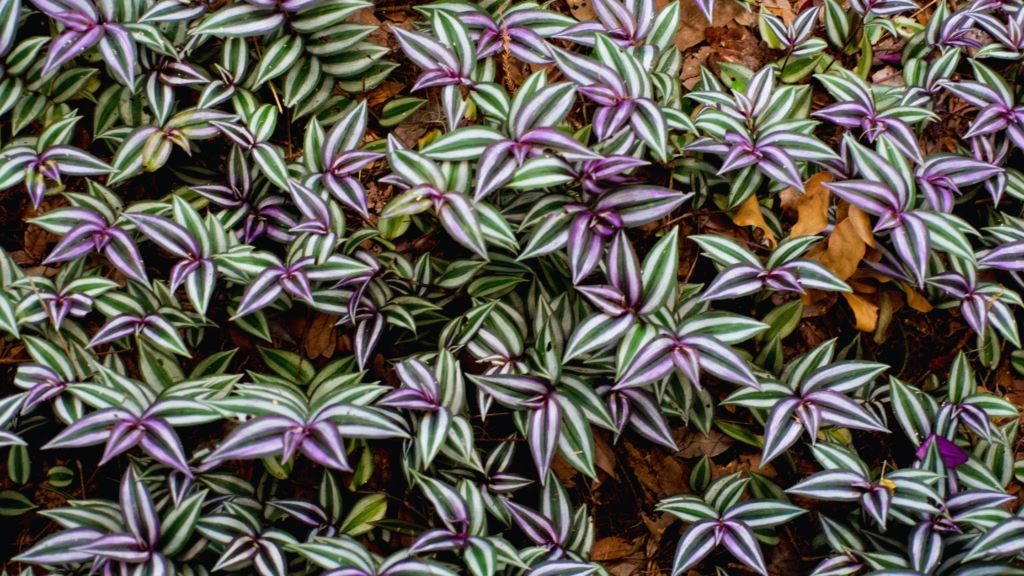
SHRUBS:
-Prune late summer-flowering shrubs now to control size. BUT do not prune spring-flowering shrubs as you will remove their blooms.
-Get active with deer and animal repellents again to deter munching on plants.
-Spray horticulture oil on shrubs that are exhibiting pest problems.
- Related article: How to Treat White Prunicola Scale on Skip Laurel Branches
Amazon Favorites:
TREES:
-Spray dormant oil or horticultural oil on trees with insect problems.
-Water broadleaf evergreen plants deeply if conditions have been sunny and windy with freezing temperatures. This can produce leaf scorch from dehydration.
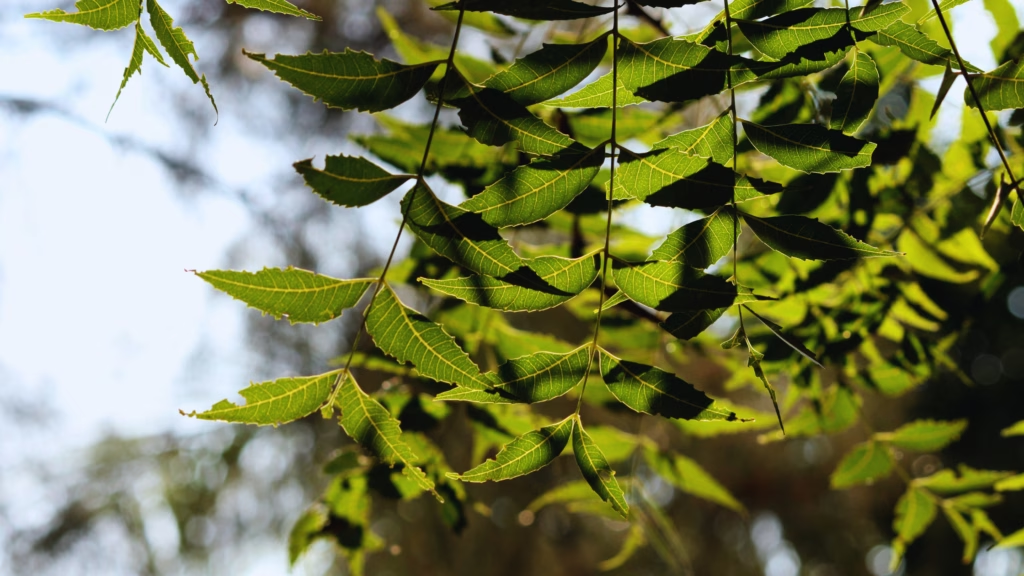
Amazon Favorite:
TURFGRASS:
-Schedule your lawnmower for its annual service this month before peak season kicks in.
-In Zone 7 or 8 you can mow once this month if you overseeded the lawn for winter.
-Water overseeded lawns once temperatures consistently climb above 60F.
VEGETABLES AND HERBS:
-Create a planting calendar to organize seeds and seed starting areas. This will keep you on track and sure of what you plant and when.
-It’s always a good idea to get your soil tester to understand the PH or acidity and to ensure optimal conditions for your gardens.
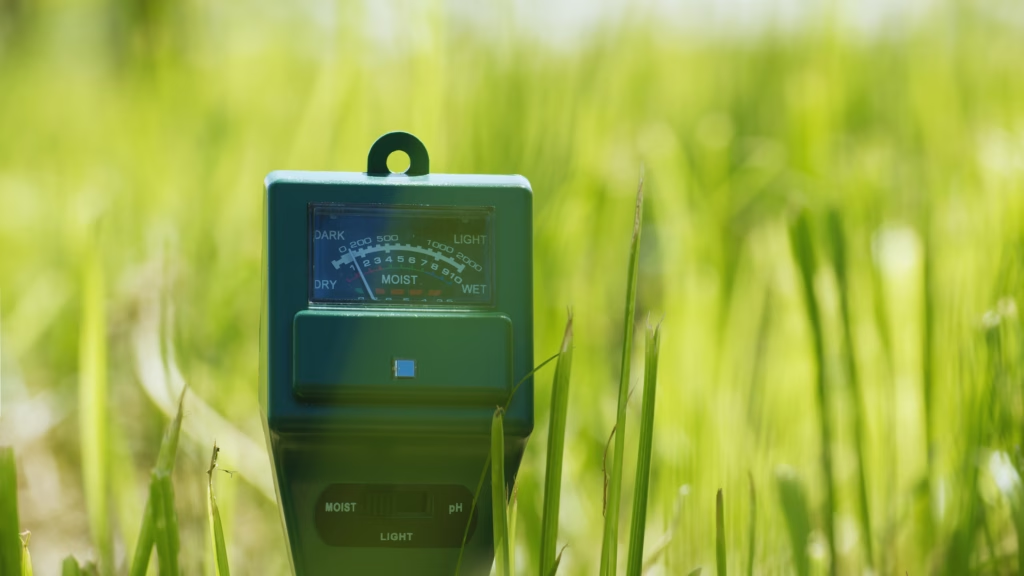
Amazon’s Choice:
VINES:
-Keep an eye out for any damage done to vines by deer and start adding repellent.
-Prune clematis vines in Group3C (late summer and fall bloomers).
-Cut vigorous bloomers and growers to 12 inches above ground.
-Water evergreen vines if they are showing signs of stress.
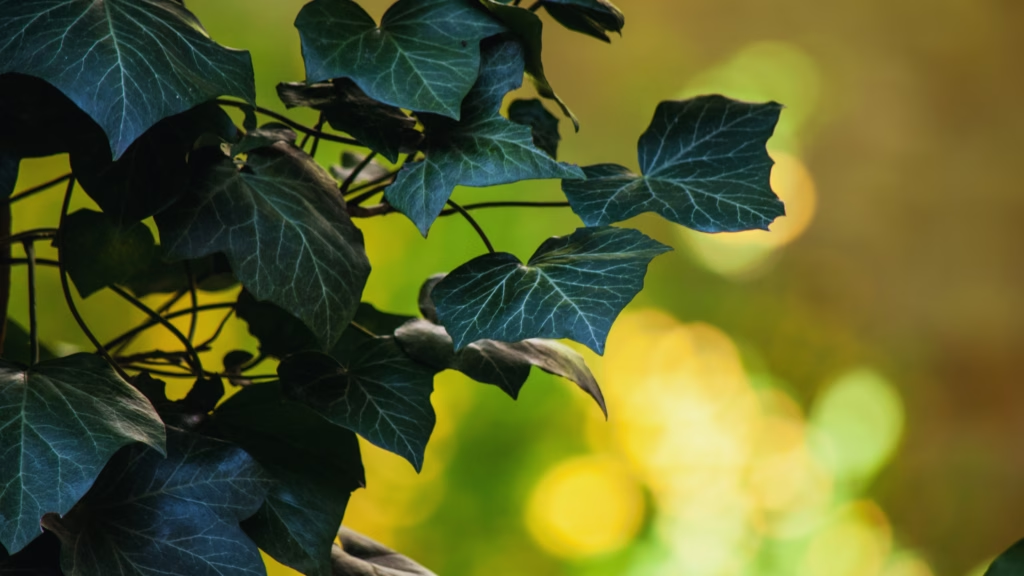
By following this February gardening checklist, you’ll be well on your way to a productive and flourishing growing season. Taking the time now to plan, plant, and prep will make all the difference when spring arrives. Stay patient, embrace the process, and soon enough, you’ll see the first signs of new growth. Happy gardening! x
Source:

